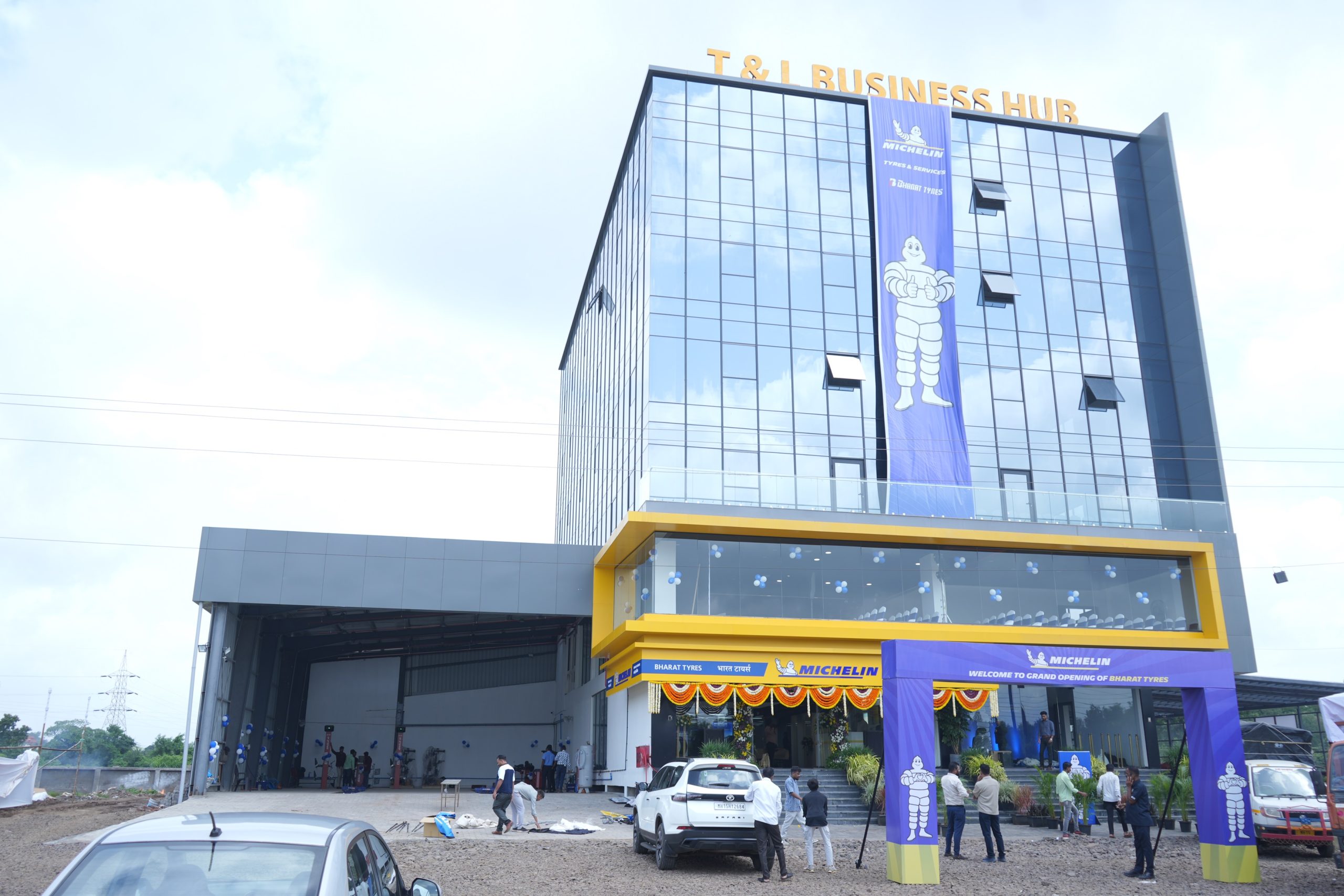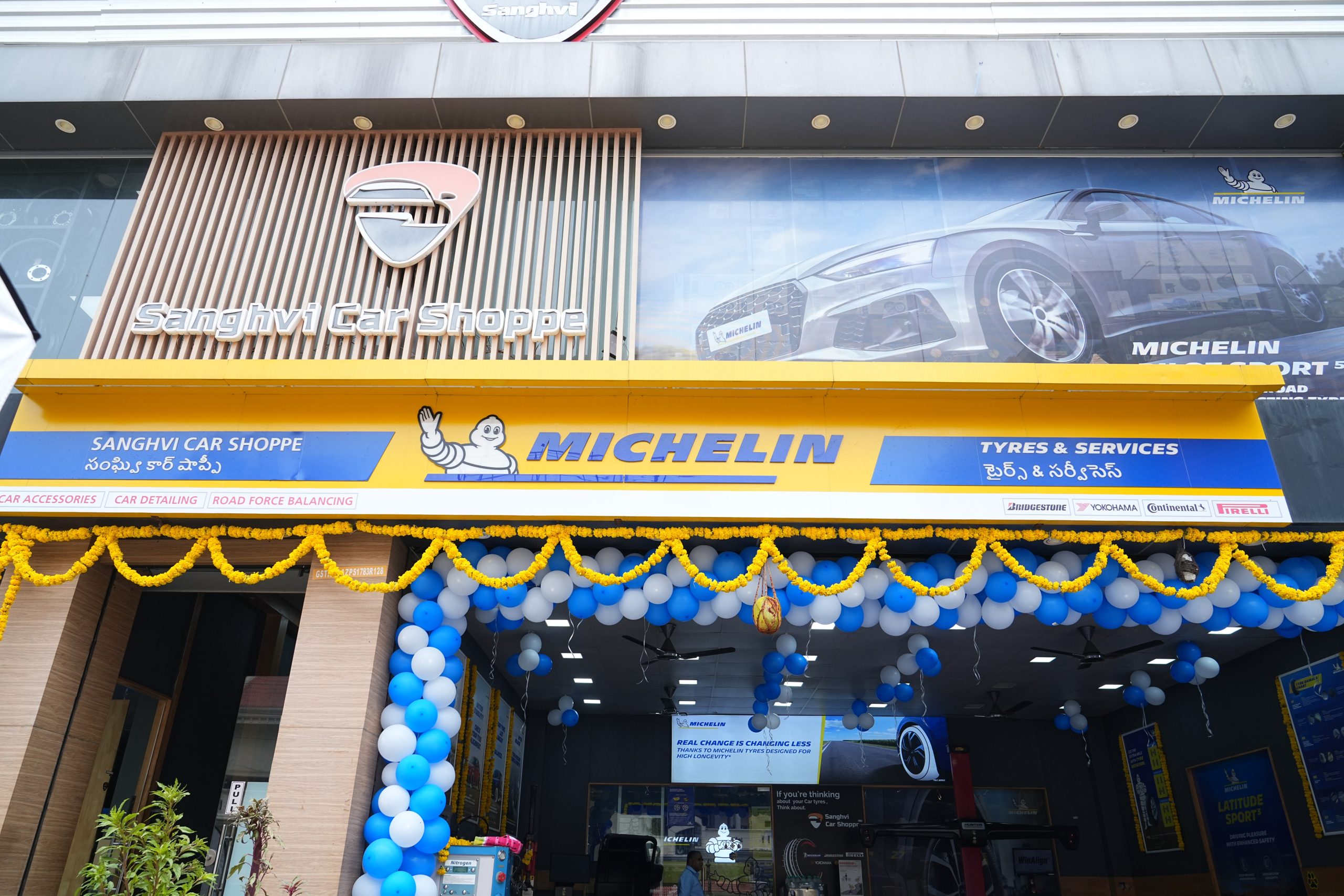Starting from 2018, Antilock Braking Systems (ABS) will be introduced as a standard equipment in India. In the middle of March 2016, the Indian government released an official announcement on the legislation, with the objective of further reducing traffic accident figures. Speaking about this development, Sandeep N, head of Bosch new business unit ‘Two-Wheelers & Powersports’ in India, said, “Technologies, such as the motorcycle ABS, are key enablers that could help improve the quality of life. Motorcycle ABS has the potential to significantly reduce accidents pertaining to two-wheeler related fatalities. At Bosch we are committed to bringing a positive impact on motorcycle safety through our products and solutions.”
According to a report filed by the Ministry of Road Transport and Highway Department, in 2012 approximately 36,000 people died in India while riding a two-wheeler. This accounts for nearly 26 percent of the total traffic accidents. The mandatory fitment of motorcycle ABS means a significant step forward along the way to saving lives in India. An estimation from Bosch’s accident research study suggests, that every third accident involving a two-wheeler can be avoided through the implementation of motorcycle ABS. Going beyond, the equipment can also reduce the collision speed of every fifth accident thus helping to reduce the severity of injuries sustained.
Since 1995, Bosch has manufactured over two million units of the ABS for two-wheelers. In 2015, Bosch presented a new generation of its motorcycle ABS, ABS 10 which is up to 30% lighter than the current ABS 9 and specifically developed for the use in emerging markets.
Motorcycle ABS is becoming a global standard
By making ABS compulsory for two-wheelers, the Indian government aims at improving riding safety. In India, riding concerns primarily revolve around the country’s infrastructure concerns and unpredictable riding conditions. The regulation is set to apply to two-wheelers with an engine displacement over 125 cc. For two-wheelers with an engine displacement less than or equal to 125 cc, manufacturers have the choice of installing either ABS or the combined brake system (CBS) in order to meet the mandate.
In the European Union, motorcycle ABS has been mandated for all new vehicle types from the beginning of 2016. Similar legislation will also be applicable in Japan from 2018 and in Taiwan from 2019. In Brazil, it is set to apply to two-wheelers with an engine displacement ≥300 cc ramping up between 2016 and 2019. ABS for two-wheelers is also on the political agenda in the US and Australia.
More riding safety for emerging markets
This legislation in India has the potential to influence other emerging markets, such as Indonesia and Thailand, where small two-wheelers also count as the most important means of transportation.
Each year some 21,000 people die in the two-wheeler-accidents in Indonesia and Thailand. Evidence of the extent to which motorcycle ABS increases safety can be found in accident analyses conducted in these two countries. Estimations show that roughly one in four accidents in these countries could have been prevented with the help of ABS.
The ABS enables riders to brake without fear, so they react more quickly and with more power. For example, it prevents the front wheel from locking during an emergency braking maneuver. This means the two-wheeler remains stable, making it easier to avoid a fall.
Bosch has a solution for increasing the riding safety
It is for this target group that Bosch has developed the new, smaller generation of its motorcycle ABS, ABS10, comprising a one-channel and a two-channel solution. In the next five years, Bosch is expecting significant growth in the market for two-wheeler safety systems. A major driver of this is the growing demand in emerging markets. According to Bosch’s end-user survey 2014 conducted in Thailand and Indonesia, over 70 percent of riders recognise the importance of motorcycle ABS.










